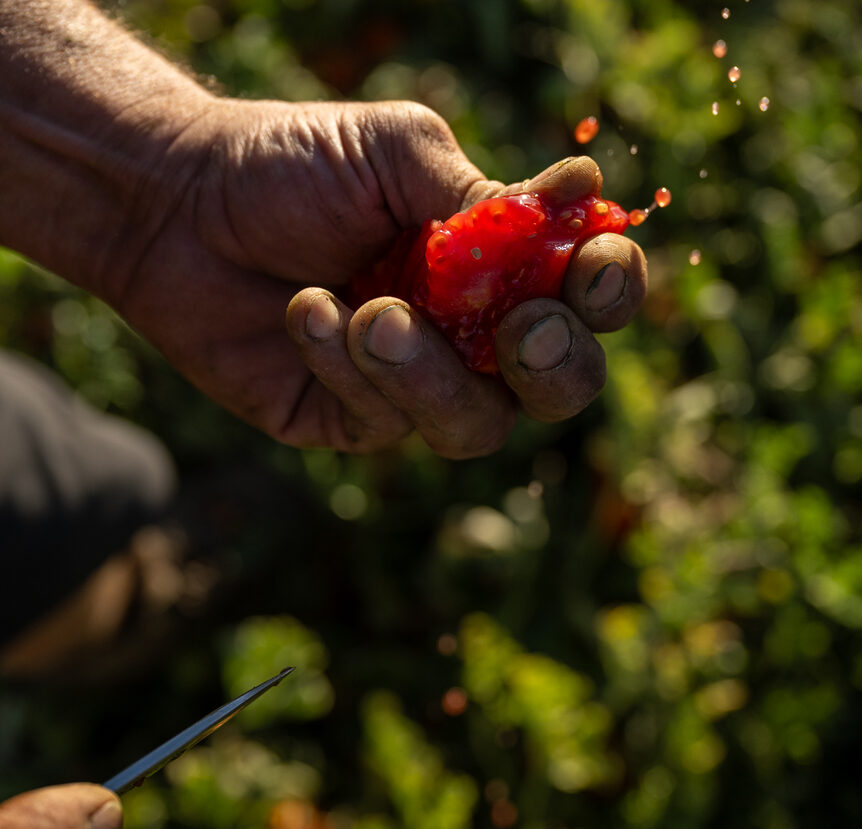The previous posts in this series have discussed how to create the conditions for thriving soil biology in market gardens, by regulating temperature and moisture; adding biology through compost, teas, and inoculants; and feeding that biology every day.
The reason for focusing on soil biology is that biology can release nutrients from the soil and make them available to plants. I have previously said that biology can supply 100% of a crop’s nutritional requirements. This is true, with an important caveat: biology cannot supply nutrients that aren’t there to begin with, that is, minerals that are not present in the underlying geology. In such conditions, we may need to add nutrients.
Adjusting mineral profile
To know what minerals are present in your soil, I recommend that market gardeners take 2 types of soil tests.
The first test is a geological assay. Miners use this test to determine the presence of minerals in soil. It will show a complete readout of minerals present in the soil’s mineral profile. They might not yet be available to your plants, but the test will show your soil’s potential for providing plant nutrition once it develops thriving biology to unlock those minerals.
The second test is a more typical CEC soil test. At AEA, we use this test in a limited capacity. We find it useful only for determining the soil’s levels of sulfur, boron, and zinc, and its Calcium/magnesium ratio. Otherwise we defer to the geological assay. Comparing the two tests can determine what minerals are present versus what minerals are available. I only recommend you pull these tests once, as your base mineral profile will not change.
If you’re interested in taking a deep dive into soil tests, I’d recommend my webinar “Soil Testing 2.0”
Once we have data from soil tests, we enter into the world of fun management questions:
- Do we need to add minerals to our system, or do we develop biology to release minerals that are already there?
- Even if a mineral is present in the soil, should we add a small amount to kickstart the soil biology and our plants?
- Should we apply minerals to the soil or directly to the plants via a foliar spray?
These are manage-able questions produced by manage-able data. Next week, in the final post in this series, we’ll discuss some considerations when designing a foliar nutritional spray.
Paramagnetism
So far, we’ve only talked about minerals from a nutritional, molecular standpoint, but it’s important to consider that the true growth-inducing property of a molecule is the energy contained within that molecule. This is a nebulous subject that I won’t explore in too much detail here. I will simply point out observational data that shows that highly paramagnetic soils support high levels of biology. So you’ll want to add highly paramagnetic rock powders, like basalt, to your soil. You can also add paramagnetic powder to your compost pile–it will have the double effect of stimulating the biology in the compost, and then entering the soil when that compost is added to the garden.
Don't miss John Kempf's next post about market gardening. Subscribe.
You'll get each post to your inbox (~1x/week).
You may unsubscribe at any time. We value your personal information. Here's our Privacy Policy.
"*" indicates required fields


